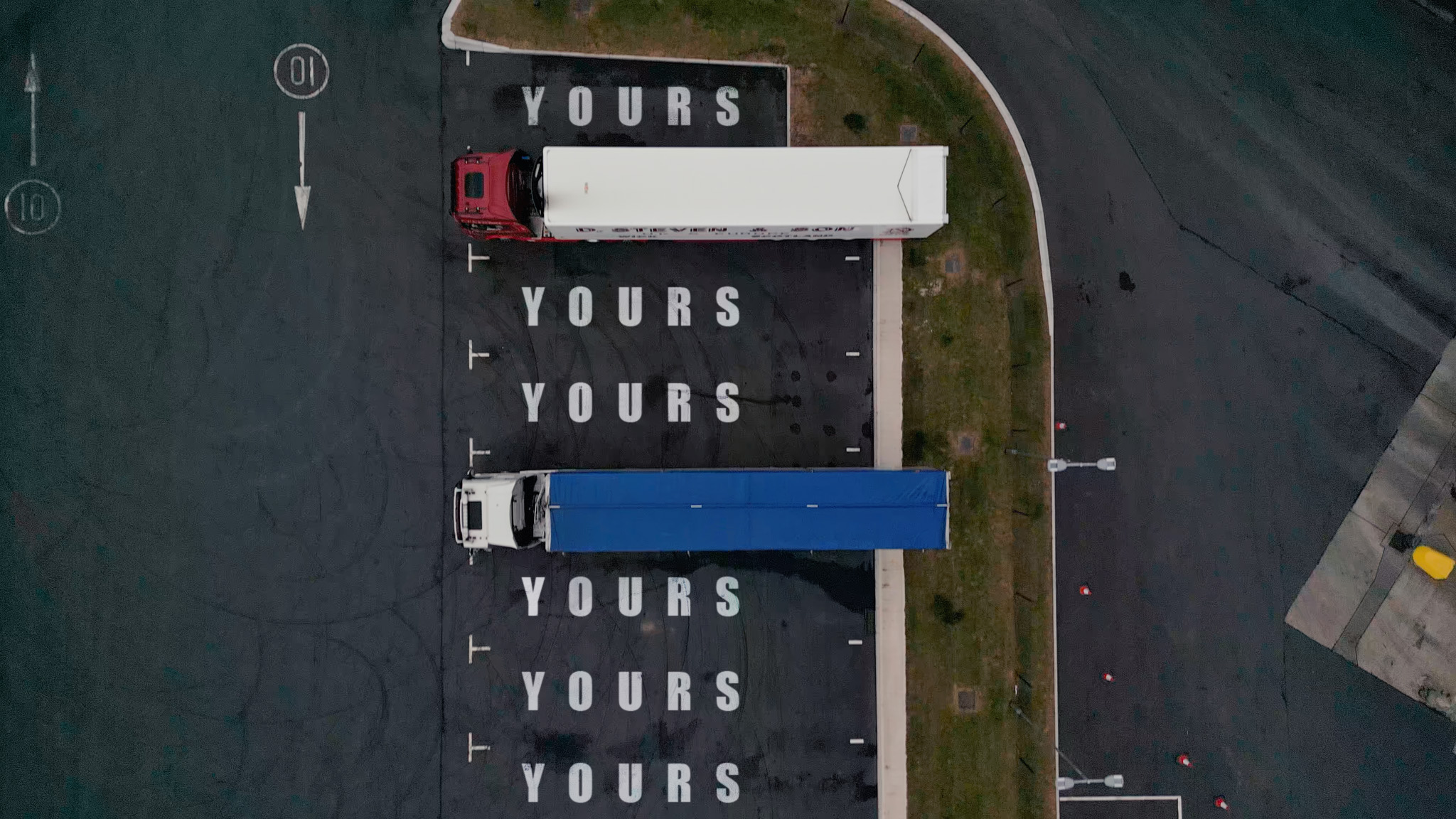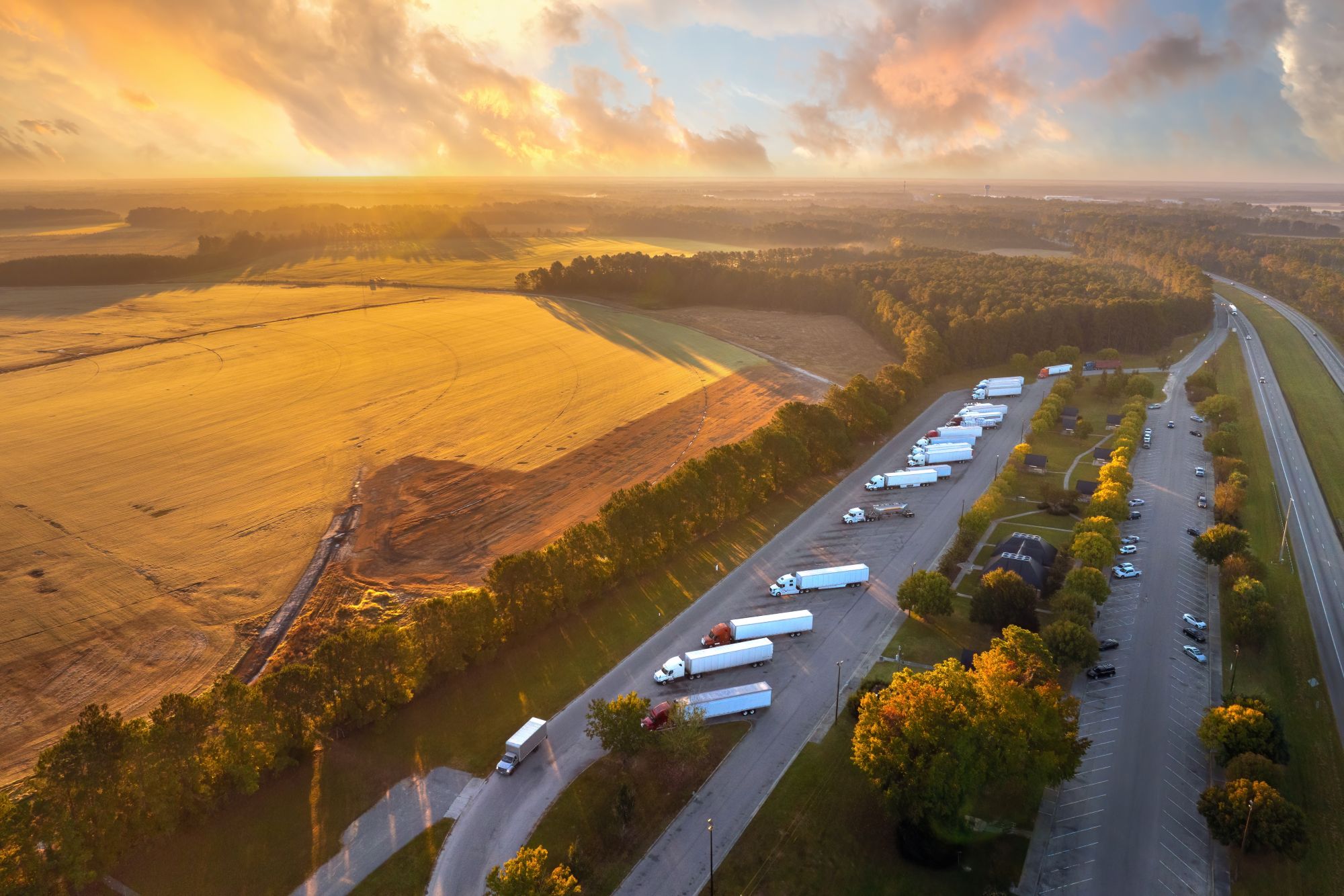
Miranda Blake
Sfide e soluzioni nella moderna gestione dei trasporti
Creato: 16/12/2024
•
Aggiornato: 16/12/2024
La moderna gestione dei trasporti è un approccio strategico alla pianificazione, all'organizzazione e al controllo del movimento efficiente ed efficace di merci e materiali dall'origine alla destinazione. Si tratta di sfruttare la tecnologia e i dati per ottimizzare i processi di trasporto, ridurre i costi e migliorare la soddisfazione dei clienti.
In questo blog esploriamo le principali sfide e soluzioni legate a questo tema.
Sfide chiave
Uno degli aspetti più urgenti che le flotte devono affrontare è la gestione delle spese per il carburante. Queste rappresentano una parte significativa delle spese operative e la loro volatilità può creare scompiglio nei processi di budgeting e nella redditività complessiva. La natura imprevedibile dei prezzi del carburante crea un effetto a catena lungo tutta la filiera, costringendo le aziende a prendere decisioni difficili sull'assorbimento dei costi o sull'aumento dei prezzi, con un potenziale impatto sulla loro competitività. Tuttavia, le aziende più lungimiranti stanno adottando strategie per mitigare i rischi associati:
● Stipulare contratti di copertura del carburante per bloccare i prezzi per un determinato periodo, stabilizzando così la spesa.
● Investire in veicoli moderni e efficienti dal punto di vista dei consumi per ridurre i consumi e i costi complessivi.
● Esplorare fonti di carburante alternative, come il biodiesel o il gas naturale compresso, per agire da cuscinetto contro le fluttuazioni dei prezzi dei carburanti tradizionali.
Una delle soluzioni - SNAP Fuel - consente di gestire il carburante senza soluzione di continuità:
Gli operatori della flotta possono accedere a rapporti dettagliati sulle spese, fornendo una trasparenza dei costi e aiutandoli a identificare le tendenze e le aree di miglioramento.
Grazie alla collaborazione con Certas Energy, gli utenti possono accedere a tariffe carburante scontate, riducendo ulteriormente le spese.
Congestione del traffico
Un altro problema è il traffico. Con l'aumento della popolazione urbana, si intensifica la pressione sulle infrastrutture esistenti, con conseguenti problemi lungo l'intera catena logistica. I ritardi diventano comuni, il consumo di carburante sale alle stelle e i costi operativi aumentano, mentre la soddisfazione dei clienti diminuisce a causa dei tempi di consegna prolungati.
Esistono diverse tattiche per contrastare gli impatti negativi di questo fenomeno:
L'utilizzo di un software avanzato di [ottimizzazione dei percorsi] (https://snapacc.com/newsroom/route-optimisation-with-fleet-management-software-snap-account/) può aiutare a identificare i percorsi più efficienti, riducendo i tempi di viaggio e il consumo di carburante.
L'integrazione dei dati sul traffico in tempo reale nelle operazioni può consentire aggiustamenti dinamici del percorso in base alle condizioni attuali.
Lo sviluppo di piani logistici urbani su misura può consentire alle aziende di affrontare le sfide specifiche della città, come le zone ad accesso limitato e le ore di punta del traffico.
Interruzioni della catena di approvvigionamento
Dalle catastrofi naturali agli eventi geopolitici, fino alla carenza di manodopera, le interruzioni sono un'altra questione che le flotte devono affrontare, con conseguenti ritardi, aumento dei costi e diminuzione dei livelli di servizio, mettendo a dura prova la resilienza dei sistemi di gestione dei trasporti.
Per affrontare queste interruzioni, le organizzazioni possono adottare diverse strategie:
● Diversificazione: L'approvvigionamento di materiali e servizi da più fornitori può ridurre la dipendenza da un singolo fornitore e attenuare i rischi.
● Valutazioni del rischio: Condotte regolarmente possono aiutare a identificare le vulnerabilità all'interno della catena di approvvigionamento e a supportare la pianificazione di emergenza.
● Monitoraggio in tempo reale: L'adozione di tecnologie che forniscono visibilità in tempo reale sulla catena di fornitura può migliorare la reattività e accelerare il processo decisionale.

Soluzioni innovative
Con l'evoluzione e l'integrazione delle tecnologie, esse promettono di rimodellare il futuro della gestione dei trasporti, affrontando problemi di vecchia data e aprendo nuove possibilità di crescita e innovazione.
● Telematica: I sistemi di localizzazione dei veicoli forniscono dati in tempo reale sulla posizione, sull'ottimizzazione del percorso e sul comportamento del conducente, facilitando giudizi più informati.
● Dispositivi IoT: Questi possono monitorare la salute del veicolo, il consumo di carburante e le condizioni del carico, garantendo prestazioni e sicurezza ottimali.
● AI e machine learning: Grazie a questi strumenti, è possibile abilitare l'analisi predittiva e la previsione della domanda, migliorando l'ottimizzazione dei percorsi e la gestione delle scorte.
● Blockchain: L'implementazione di questa tecnologia può migliorare la trasparenza, la sicurezza e la tracciabilità della catena di approvvigionamento, favorendo la fiducia tra le parti interessate.
Mantenimento e formazione dei conducenti
La carenza di autisti è un'altra sfida della gestione dei trasporti, che il Dipartimento dei Trasporti sta cercando di risolvere aprendo una consultazione sui modi per alleviarla. Abbiamo chiesto agli autotrasportatori di esprimere le loro opinioni sulla proposta sulla [pagina Facebook SNAP] (https://www.facebook.com/snapaccount). Mentre molti non hanno commentato il programma, il 72,5% ha contestato il termine "carenza di autisti", definendolo allarmistico. Al contrario, [ha elencato diverse ragioni per cui i camionisti esperti lasciano il settore] (https://snapacc.com/newsroom/hgv-drivers-challenge-the-term-driver-shortage/).
Pertanto, attrarre e trattenere conducenti qualificati è ancora di grande importanza. Il governo [ha introdotto diverse misure] (https://snapacc.com/newsroom/addressing-the-hgv-driver-shortage-in-the-uk-in-20242025/), ma i gestori di flotte e gli autotrasportatori possono prendere provvedimenti da soli:
● Retribuzione e benefit competitivi: L'offerta di pacchetti interessanti può contribuire ad attirare i migliori talenti in un mercato del lavoro competitivo.
● Organizzazioni di lavoro flessibili: Fornirle può migliorare la soddisfazione sul lavoro e ridurre il tasso di turnover.
● Formazione avanzata e sviluppo delle competenze: Investire in programmi continui può fornire ai conducenti le capacità necessarie per eccellere nel loro ruolo e adattarsi alle nuove tecnologie.
Un altro modo fondamentale per tenersi stretti gli autisti è quello di rendere il loro lavoro il più semplice possibile, anche per quanto riguarda il pagamento del parcheggio e del lavaggio. Per fortuna c'è SNAP.
Ottenere il supporto di SNAP
Per saperne di più sui nostri servizi e su come possono aiutare la gestione dei trasporti, contattate il numero +44 (0)1603 777242.



